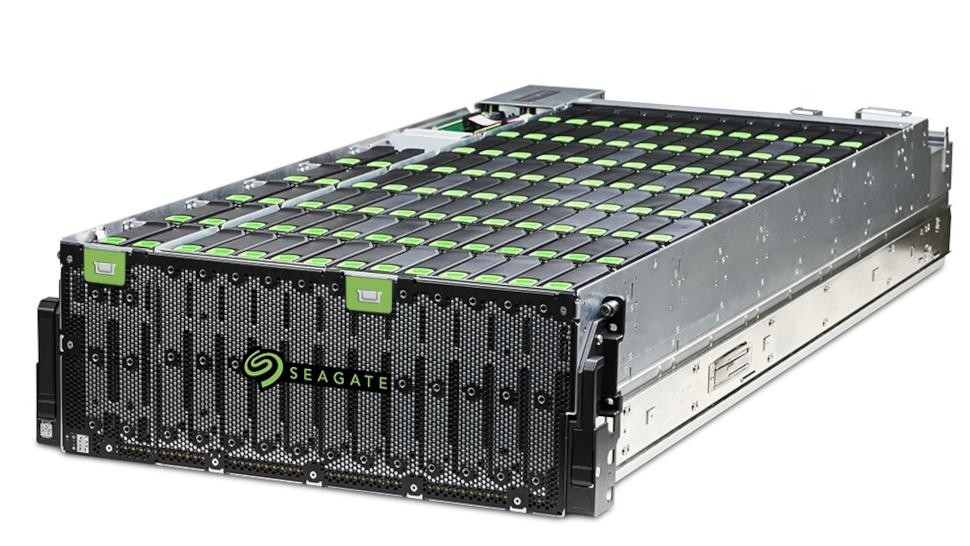Seagate launches clever new storage system that heals itself on the fly
Seagate claims the system will help keep drives away from landfills for longer

Seagate has announced a new line of set-and-forget storage systems for enterprises that feature a unique self-healing system to increase reliability and minimize the need for human intervention.
Dubbed Autonomous Drive Regeneration (ADR), the self-correcting system is bundled as part of the Exos CORVAULT high-density storage system, designed to offer SAN-level performance in data center environments.
Seagate claims ADR can renew a drive in-situ, eliminating the need for a manual drive swap. ADR helps return most drives to a “dependable service” state by reconfiguring the drive to bypass any errant components.
- These are the best cloud storage services on the market
- Here's our list of the best rugged hard drives out there
- Also check our collection of the best external hard drives around
In addition to adding to the drive’s longevity, Seagate believes ADR will also help reduce the environmental impact of computer e-waste by keeping the drives in service for longer.
Seagate CORVAULT
The new drive is housed in a maximum-density 4U chassis that can accommodate 106 drives in only seven inches (18 cm) of rack space. Seagate has further tuned the system to protect the drive against vibrational and acoustic interference, along with heat, and power irregularities.
CORVAULT uses fully redundant, hot swappable dual storage controllers that are powered by the new VelosCT application-specific integrated circuit (ASIC) chip to deliver sequential read/write up to 14Gb/s and 12Gb/s, and input/output operations per second (IOPS) of up to 17,680.
All the drives included in the CORVAULT system are equipped with Seagate’s self-encrypting drive (SED) technology and support SFTP for secure file transfers.
Sign up to the TechRadar Pro newsletter to get all the top news, opinion, features and guidance your business needs to succeed!
Seagate hasn’t yet announced the pricing details for CORVAULT, which will go on sale from July 2021.
- We've built a list of the best portable SSDs around
With almost two decades of writing and reporting on Linux, Mayank Sharma would like everyone to think he’s TechRadar Pro’s expert on the topic. Of course, he’s just as interested in other computing topics, particularly cybersecurity, cloud, containers, and coding.
